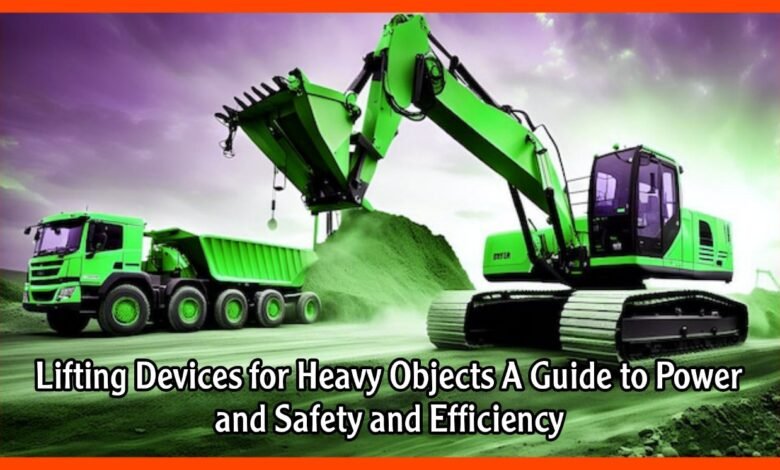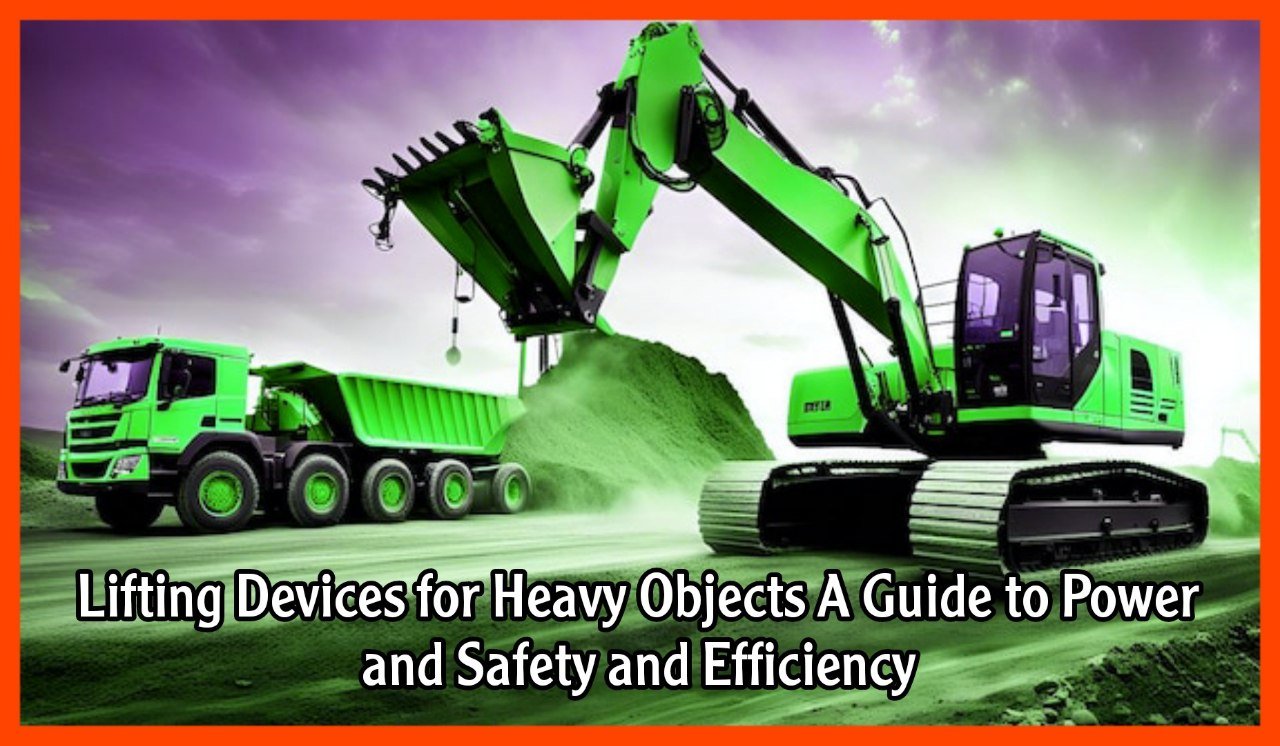HeavyHeavy EquipmentUncategorized
Lifting Devices for Heavy Objects A Guide to Power and Safety and Efficiency
Lifting Devices for Heavy Objects A Guide to Power and Safety and Efficiency

Lifting Devices for Heavy Objects A Guide to Power and Safety and Efficiency

Types of Lifting Devices You Need to Know
1. Cranes
Cranes are perhaps the most iconic of all lifting devices. These giants are designed to lift, lower, and move heavy objects horizontally.- Types of Cranes:
- Tower Cranes: For skyscraper construction.
- Mobile Cranes: Versatile and can travel on roads.
- Overhead Cranes: Perfect for warehouses and factories.
“Cranes give humans the power to defy gravity with grace and precision.”
2. Hoists
Hoists are your go-to for lifting loads vertically, especially in tighter spaces where cranes aren’t practical.- Manual Hoists: Hand-operated, great for smaller loads.
- Electric Hoists: For efficiency and consistent lifting power.
- Chain Hoists: Dependable for heavier, more cumbersome loads.
3. Forklifts
Ever seen a warehouse without a forklift? Nope. That’s because forklifts are unbeatable for lifting pallets, boxes, and other heavy goods with precision.Key Features:
- Lifting Capacity: Ranges from 1,000 lbs to over 50,000 lbs.
- Maneuverability: Tight corners? No problem!
- Safety Controls: Ensures stability while carrying loads.
4. Jacks
Need to lift something just enough to get underneath it? Enter: Jacks.- Hydraulic Jacks: Powerful and smooth.
- Scissor Jacks: Compact and handy for car repairs.
Pro Tip: Always use jack stands when working under a vehicle. Safety first!
5. Winches
Winches are perfect for pulling heavy objects, often used on trucks, boats, and even off-road recovery. Types of Winches:- Electric Winches
- Manual Winches
- Hydraulic Winches
Choosing the Right Lifting Device
How do you know which lifting device suits your needs? Here are some factors to consider:- Load Weight: Match the device’s capacity to your load.
- Environment: Indoor or outdoor? Rough terrain?
- Frequency of Use: Daily use requires more durable equipment.
- Space Constraints: Compact devices for tight spaces.
Safety First! Always.
No matter which lifting device you use, safety should be your priority. Here’s a quick checklist to stay safe:- Inspect Equipment: Before each use, check for damage.
- Use Proper PPE: Hard hats, gloves, and steel-toe boots.
- Train Operators: Knowledge = Fewer Accidents.
- Don’t Overload: Know your device’s weight limit.
“Remember: Safety isn’t expensive; it’s priceless.”
Elevate Your Efficiency
Lifting devices simplify our lives, make businesses more productive, and most importantly, keep us safe. Whether you’re using a crane, hoist, forklift, or winch, choosing the right tool and using it responsibly is key.Generating... Please wait seconds
URL Copied



